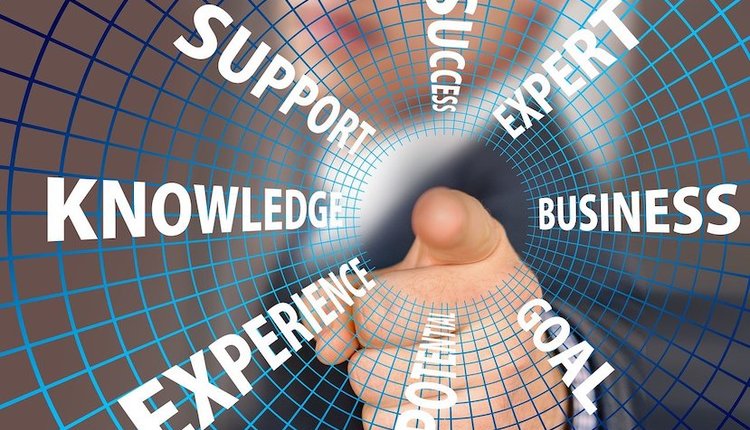
Image by: NiroDesign, ©2018 Getty Images
A couple of years ago, I wrote about how people consider enterprise resource planning (ERP) to be the sexiest app on the block. Indeed, these are invaluable business tools, but that does not mean they're all you need. Let’s approach this concept step by step.
Where Does ERP Information Come From?
Information within an ERP system arrives from many sources, such as invoices, credit notes, debit notes, delivery notes, salary info, and all other sorts of information contained in the organization's financial flows. Now, where is that information coming from? It comes from documents, whether paper or digital. This information must be exported, manually or via another app, from the document and into the ERP. Without the existence of documents, the ERP would starve.Which is Which?
In a corporation, there are a number of software solutions, such as ERP, customer relationship management (CRM), and electronic document management (EDM) systems. The ERP basically handles finance- and human resources-related areas, while the CRM solution sits quite close to the sales function. Other software tools with more specific purposes include fleet management, maintenance management, the help desk, etc. Some of these systems can generate documents and also store them according to purpose, as is the case with ERP or CRM solutions.Most software is managed by a specific department or area within a company. However, if we recognize that any computer file is a document, then everyone—from the receptionist to the CEO—manages some sort of document. Thus, EDM has a unique global coverage.
Documents Beyond the ERP
While the ERP manages all the financial and human resources records of an organization—and may even store some documents related to them—the belief that you don't need EDM to manage the approval flows of these documents is false and dangerous. There are a huge number of documents containing related information that aren't fed into the ERP, such as technical manuals, excel reports, presentations, photos, videos, and audio files. These documents must be searchable at any time. ERP-related documents are a small subset of the documents being managed at any organization; hence, this is why EDM is still a must.What's the Meeting Point?
All companies have security policies that identify a place called the "meeting point," a pre-defined location where people meet in case of an accident and to help the subsequent search efforts for missing personnel. Well, it should be the same for documents to ensure security, economic benefit, and even the company's reputation.There are a large number of possible document origins, including paper, email, ERP and CRM systems, or specific software producing all sorts of computer files. If each document is left in its origin, someone will have to search all origins in order to find it, and any kind of related document among them will be impossible to automate. This is where EDM rocks. If all documents are stored in an EDM, all documents will be presented to the user in a couple of seconds at the time of the search, independent from their origin or format. Moreover, it will be possible to find any related document under any sort of criteria.
What's Your Information Infrastructure?
Since all records and information used in specific applications travel and sit on documents, EDM is the natural foundation for information, and good foundations are based on solid rock.Joao Penha-Lopes specializes in document management since 1998. He holds two postgraduate degrees in document management from the University Lusofona (Lisbon) and a PhD from Universidad de Alcala de Henares (Madrid) in 2013, with a thesis studying the economic benefits of electronic document management (EDM). He is an ARMA collaborator for publications and professionally acts as an advisor on critical information flows mostly for private corporations. Follow him on Twitter @JoaoPL1000.







